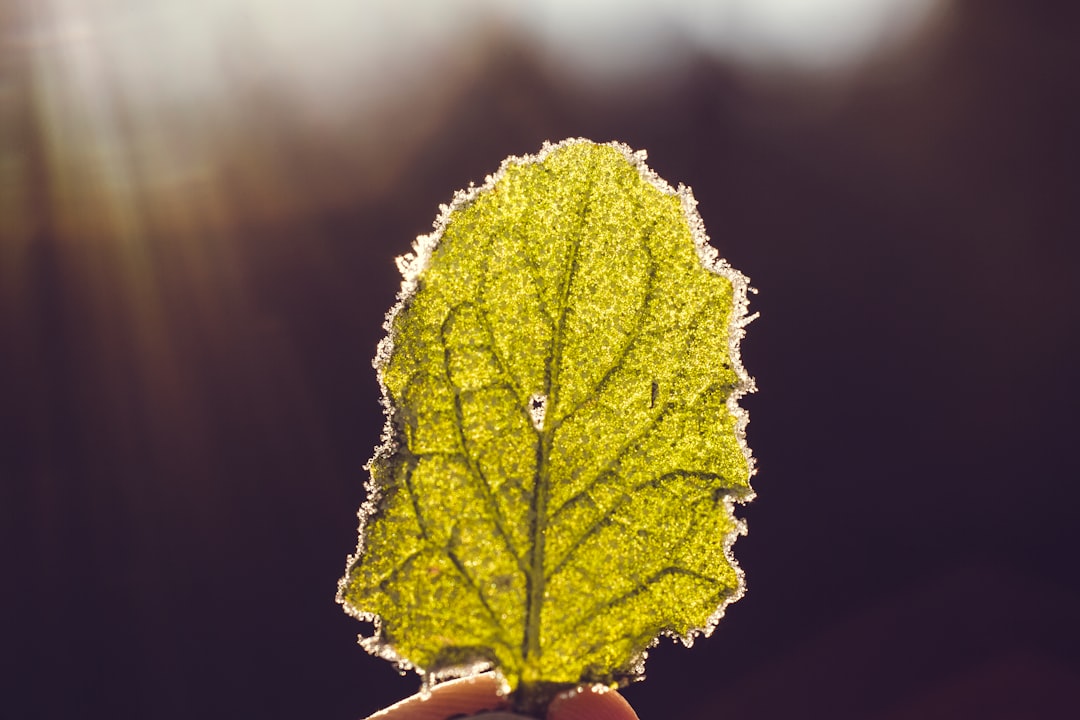The Secret to a Flourishing Indoor Garden

Indoor gardening has become an increasingly popular pastime, offering a touch of nature and a breath of fresh air to our living spaces. Houseplants not only beautify our homes but also improve air quality and boost our mood. However, many plant enthusiasts often find themselves facing challenges in keeping their indoor garden thriving. This is often due to common houseplant care mistakes that can easily be avoided with a little knowledge and attention.
One of the most prevalent mistakes is over - watering. It's a common misconception that more water means a healthier plant. In reality, over - watering can lead to root rot, a condition where the roots of the plant are deprived of oxygen and start to decay. Different plants have different water requirements. For example, succulents and cacti store water in their leaves and stems and need less frequent watering. On the other hand, ferns and peace lilies prefer a more consistently moist soil. To determine when to water, you can stick your finger about an inch into the soil. If it feels dry, it's time to water; if it's still moist, hold off.
Another mistake is improper lighting. Just like humans, plants need the right amount of light to survive and grow. Some plants, such as snake plants and pothos, can tolerate low - light conditions, while others, like tomatoes and herbs, require direct sunlight for several hours a day. Placing a sun - loving plant in a dark corner or a shade - tolerant plant in direct sunlight can cause stress to the plant. Observe your plants regularly. If you notice that a plant is leaning towards the light source, it might not be getting enough light. You can rotate the plant periodically to ensure even growth or move it to a more suitable location.
Using the wrong type of soil is also a common error. Different plants thrive in different soil types. For instance, orchids need a well - draining, airy medium, while African violets prefer a soil that is rich in organic matter and has a slightly acidic pH. When you buy a new plant, it's important to research its specific soil requirements. You can either purchase pre - mixed soil formulated for that particular plant or create your own by combining ingredients like peat moss, perlite, and vermiculite in the right proportions.
Neglecting to fertilize is another pitfall. While houseplants can survive for a while without fertilizer, they will grow more vigorously and produce more vibrant foliage and flowers with proper feeding. However, over - fertilizing can be just as harmful as not fertilizing at all. It can lead to salt buildup in the soil, which can damage the roots. Use a balanced, water - soluble fertilizer and follow the instructions on the package carefully. Generally, it's recommended to fertilize during the growing season (spring and summer) and reduce or stop fertilizing during the dormant season (fall and winter).
Finally, ignoring pests and diseases can quickly turn a healthy indoor garden into a sickly one. Common houseplant pests include aphids, spider mites, and whiteflies. These pests can suck the sap from the plants, weaken them, and spread diseases. Regularly inspect your plants for signs of pests, such as yellowing leaves, sticky residue, or small insects. If you detect an infestation, you can use natural remedies like neem oil or insecticidal soap, or in severe cases, chemical pesticides. Also, make sure to isolate infected plants to prevent the spread of pests and diseases to other plants.
By avoiding these common houseplant care mistakes, you can help your indoor garden thrive. With a little patience, knowledge, and love, you can create a beautiful and healthy indoor oasis that will bring joy and tranquility to your home for years to come.